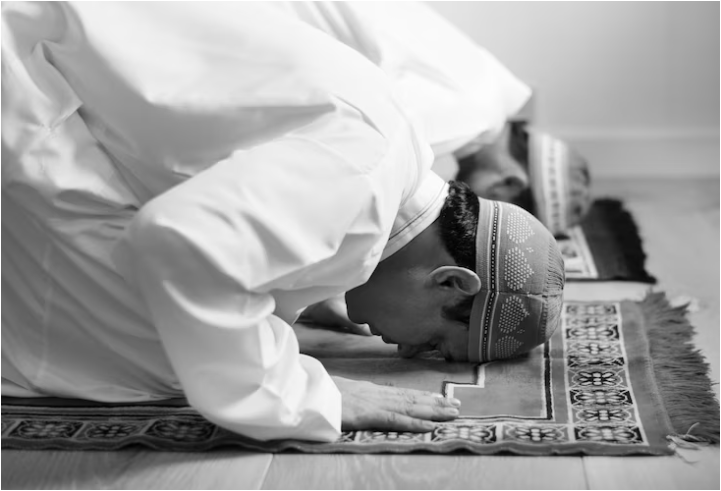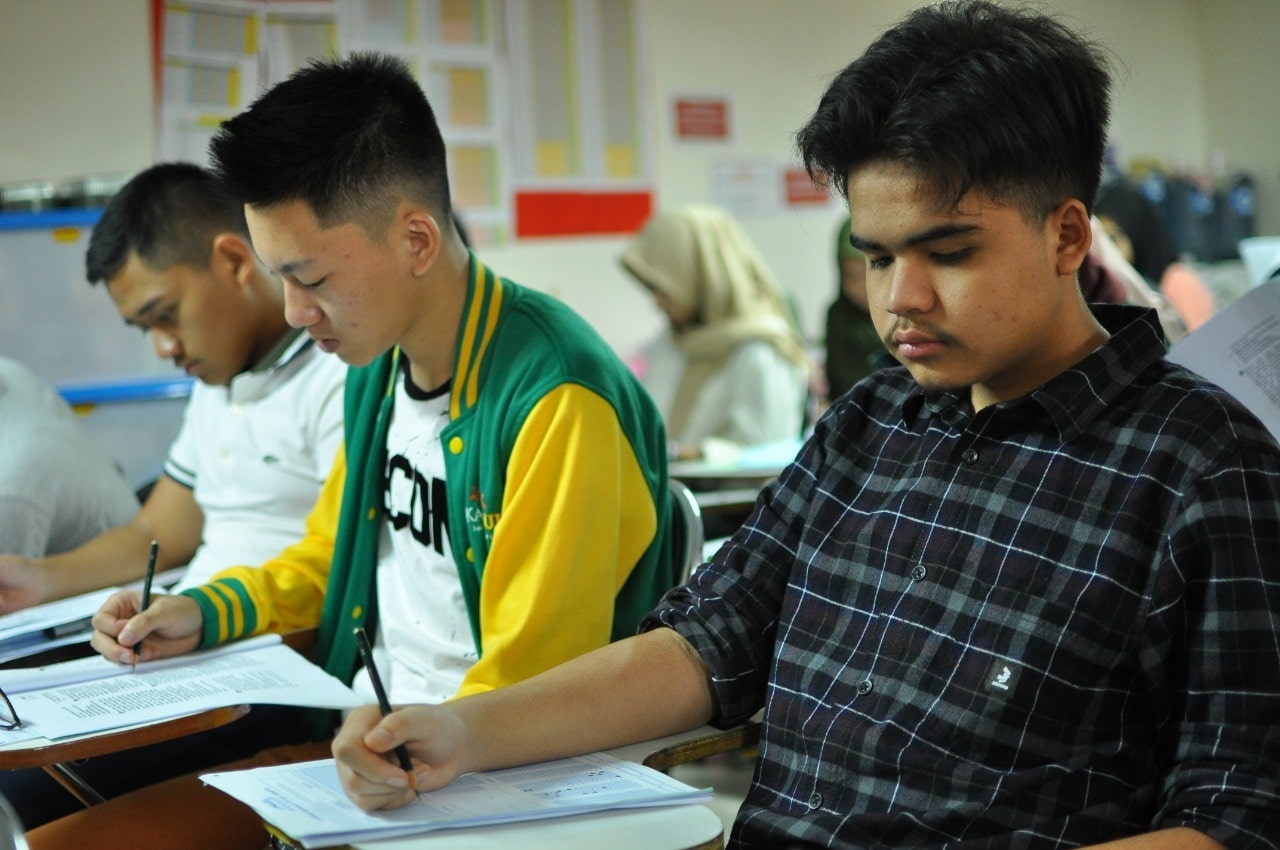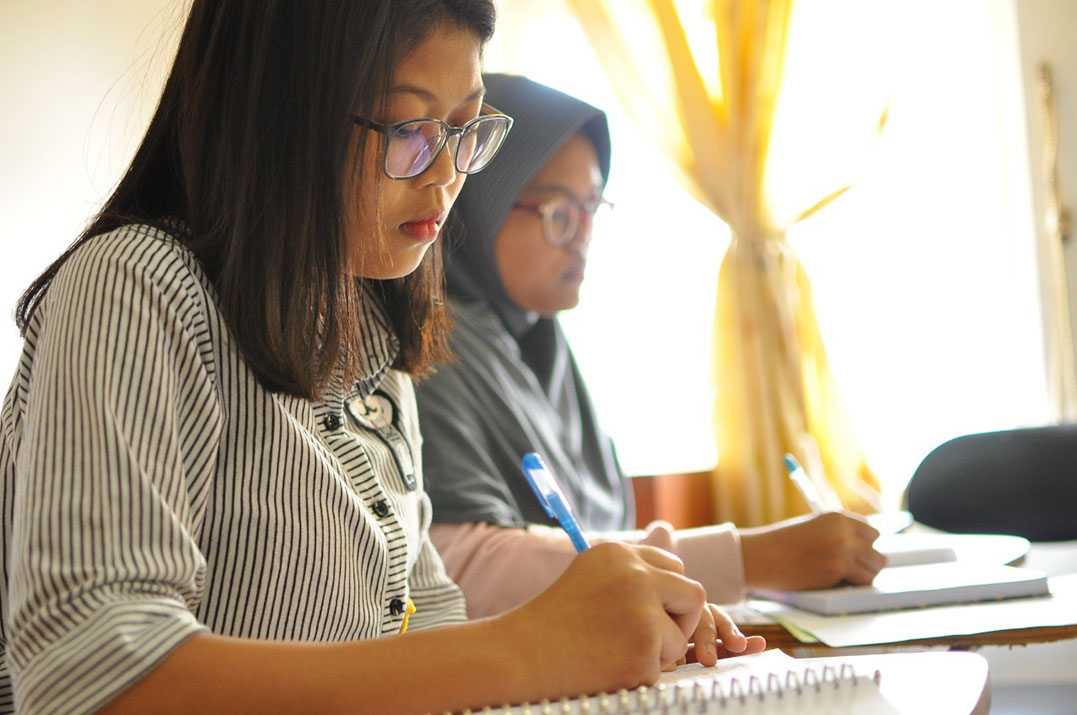
Tarawih prayers can be performed in congregation at the mosque or alone at home. However, it is better to carry out this special prayer as a congregation in the mosque. Tarawih prayers are performed on the night of Ramadan after the Isha prayer and before the witr prayer.
The tarawih prayer guide consists of procedures, intentions and prayers which are usually recited together in the mosque. Of course, you don't want to be silent while everyone is doing dhikr between tarawih prayers. So it is important to know the procedures for tarawih prayers complete with the reading and prayer intentions.
Procedures for Tarawih Prayer, Complete with Intention Recitation and Prayer
In the holy month of Ramadan, all good deeds will be multiplied. This is used as a momentum to worship as much as possible. Apart from fasting which is obligatory for Muslims who have reached puberty, there is also a sunnah prayer which is highly recommended, namely the Tarawih prayer.
What is Tarawih Prayer?
Tarawih prayers are a sunnah prayer that is recommended and performed in congregation, so the rewards obtained will be greater than those of sunnah prayers performed individually.
Tarawih prayers can help cleanse oneself of sins that have been committed previously. By performing tarawih prayers, a person can reflect on the actions and mistakes they have made and try to improve themselves.
Tarawih prayers can also help someone to improve the overall quality of their worship. In tarawih prayers, a person can reflect on the verses of the Koran that are read and deepen their understanding of Islamic teachings.
Performing tarawih prayers at night can also help someone to get closer to Allah SWT. By meditating on the verses of the Koran and praying to Allah, a person can feel Allah's presence closer and feel peace and calm in his heart.
Tarawih prayers are performed in congregation, so they can help increase closeness between fellow Muslims and strengthen social relations in society. Tarawih prayers can also be an opportunity to share stories, experiences and advice between fellow Muslims.
Tarawih prayers can also inspire someone to be more diligent in performing other forms of worship, such as tahajjud prayers, reading the Koran, and fasting sunnah. Worship that is done consistently and with a sincere heart can help someone to get closer to Allah SWT and gain happiness in this world and the hereafter.
During on the month of Ramadan, all good deeds are multiplied. So it is not surprising that Muslims compete to perform acts of worship. Tarawih prayer is one of them. This worship is very special because it is only carried out in this holy month.
Not only that, this sunnah of sukakad worship also has various extraordinary virtues. In fact, its priority is stated in several hadiths and verses of the Koran.
Procedures for Tarawih Prayers
When performing Tarawih prayers, the readings we use are more or less the same as the readings when performing other obligatory or sunnah prayers. The thing that differentiates it is the reading of the intention. The following is an explanation of the correct procedure for praying Tarawih:
-
Takbiratul ihram then read the intention for the Tarawih prayer
As when carrying out other prayers, before praying, you are required to read the intention. The reading intention for Tarawih prayer is as follows:
Reading the intention of Tarawih prayers as an imam: Ushalli sunnatan tarÄwÄ«hi rak‘atayni mustaqbilal qiblati adÄ’an imÄman lillÄhi ta‘ÄlÄ.
Reading the intention of Tarawih prayers as a congregation: Ushallî sunnatan tarâwîhi rak‘ataini mustaqbilal qiblati ma’mûman lillâhi ta‘âlâ.
Reading the intention of Tarawih prayers individually or individually: Ushalli sunnatan tarÄwÄ«hi rak‘atayni mustaqbilal qiblati adÄ’an lillÄhi ta‘ÄlÄ.
-
Read Surah Al-Fatihah
-
Read a short surah or one of the short verses
-
Bow
-
I'm asleep
-
First prostration
-
Sit between two prostrations
-
Second prostration
-
Do the same thing, from points 2 to 8 in the second rak'ah
-
Sit the final tahiyat
-
Greetings
If two rak'ahs are completed, repeat until you reach the specified number of rak'ahs.
Prayer After Tarawih Prayers
After completing the Tarawih prayers in congregation, the imam or bilal will lead the reading of the Tarawih prayers, or kamilin prayers. The following is the recitation of Kamilin's prayer:
Allâhummaj‘alnâ bil îmâni kâmilîn. Wa lil farâidli muaddin. Wa lish-shlâti hafidhîn. Wa liz-zakâti fâ‘ilîn. Wa five 'indaka thâlibîn. Wa li 'afwika râjîn. Wa bil-hudâ mutamassikîn. Wa 'anil laghwi mu'ridlîn. Wa fid-dunyaâ zâhdîn. Wa fil ‘âkhirati râghibîn. Wa bil-qadlâ’I râdlîn. Wa lin na‘mâ’I syâkirîn. Wa 'alal balâ'i shabirîn. Wa throne of liwâ'i muhammadin shallallâhu 'alaihi wasallam yaumal qiyâmati sâ'irîna wa alal haudli wâridîn. Wa ilal jannati dâkhilîn. Wa minan nâri nâjîn. Wa ‘alâ sariirl karâmati qâ’idîn. Wa bi hûrun 'in mutazawwijîn. Wa min sundusin wa istabraqîn wadîbâjin mutalabbisîin. Wa min tha'âmil jannati âkilîn. Wa minlabanin wa 'asalin mushaffan syâribîn. Bi akwâbin wa abârîq wa ka‘sin min ma‘în. Ma‘al ladzîna an‘amta ‘alaihim minan nabiyyîna was shiddîqîna wasy syuhadâ’i wash shâlihîna wa hasuna ulâika rafîqan. Dâlikal fadl-lu minallâhi wa kafâ billâhi ‘alîman. Allâhumma jalnâ fî hâdzihil lailatisy syahrisy syarîfail mubârakah minas su‘adâ’il maqbûlîn. Wa lâ taj'alnâ minal asyqiyâ'il mardûdîn. Wa shallallâhu ‘alâ sayyidinâ muhammad wa âlihi wa shahbihi ajma‘în. Birahmatica yâ arhamar râhimîn wal hamdulillâhi rabbil ‘âlamîn.
Well, generally the Tarawih prayer will be followed by the Witr prayer. In total, we will perform 11 rak'ahs or 21 rak'ahs of Tarawih and Witir prayers. To differentiate it, Bilal recites the reading which marks the entry of the Witr prayer.
Tarawih prayers and Witr prayers are two different types of sunnah prayers. Starting from the intention, as well as the number of rak'ahs. The Tarawih prayers have even numbers, namely 2, 4, 6, 8, and so on. Meanwhile, the Witr prayer has odd numbers, namely 1, 3, 5, 7, and so on. However, both are acts of worship that are recommended to be performed in the month of Ramadan.
These are the procedures for tarawih prayers complete with the reading and prayer intentions that you need to know. Hopefully this discussion will be helpful and useful for readers.


 PENDAFTARAN SISWA
PENDAFTARAN SISWA

 Persiapan Menghadapi SBMPTN
Persiapan Menghadapi SBMPTN Ini Cara Masuk STAN dan Tips yang Bisa Anda Terapkan!
Ini Cara Masuk STAN dan Tips yang Bisa Anda Terapkan! Apa Itu Ujian Mandiri PTN dan Bagaimana Tips agar Bisa Lulus
Apa Itu Ujian Mandiri PTN dan Bagaimana Tips agar Bisa Lulus